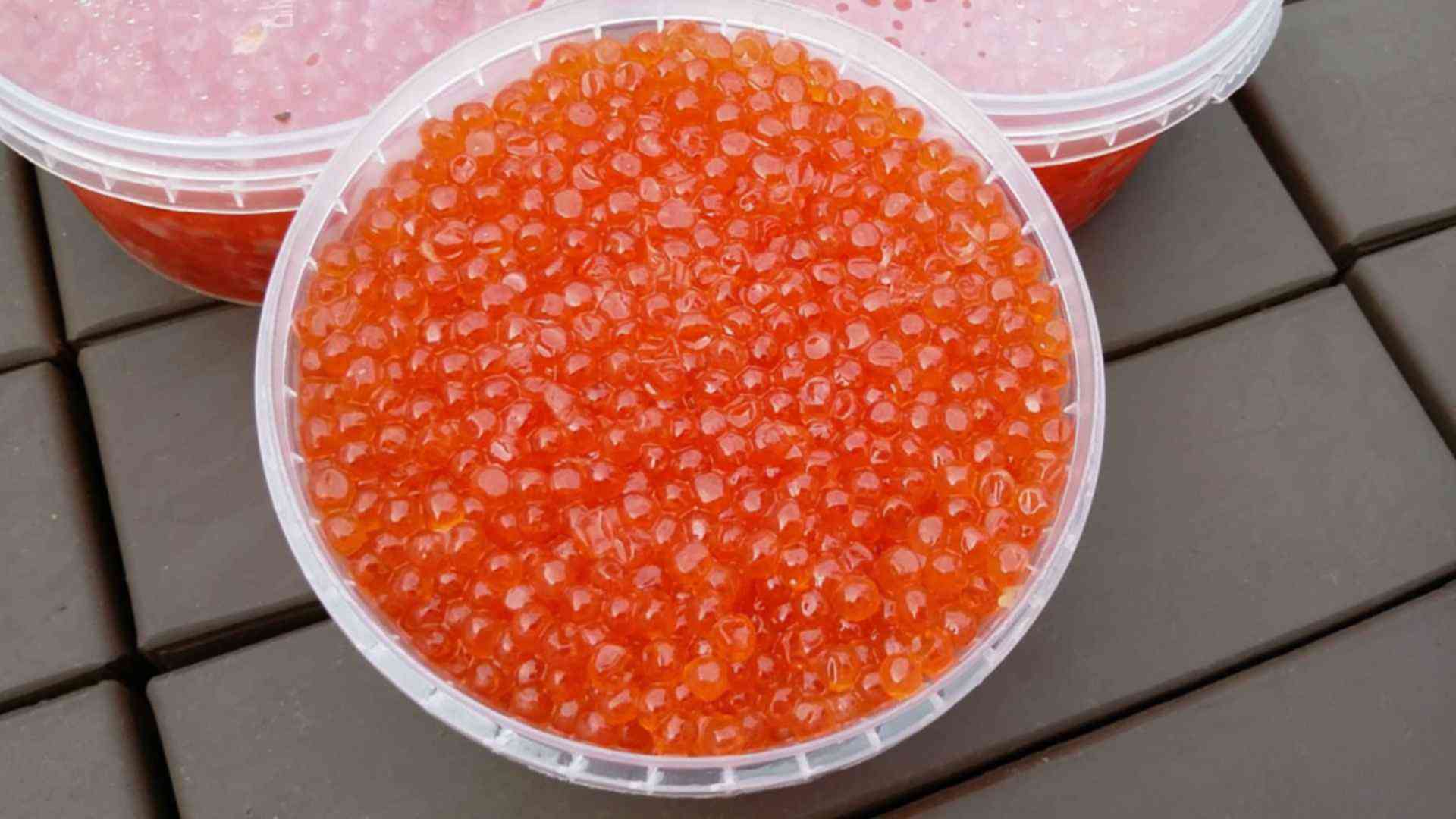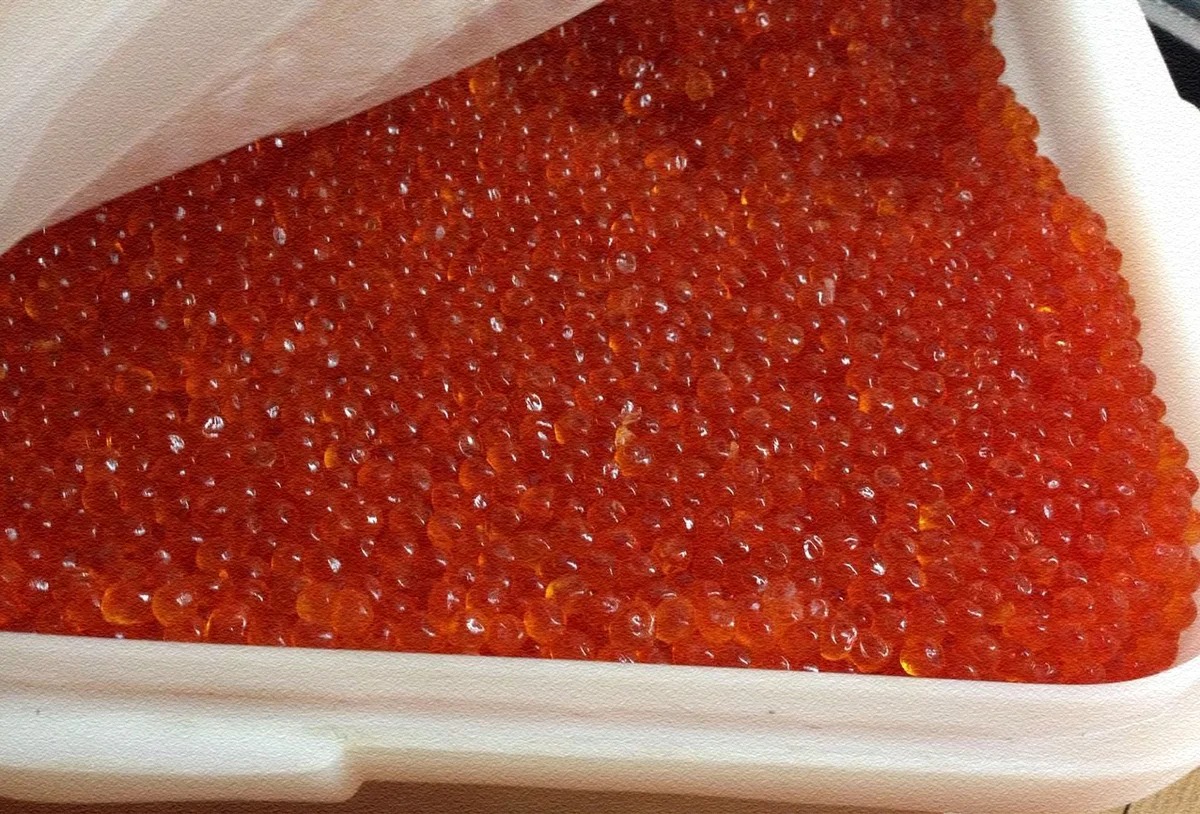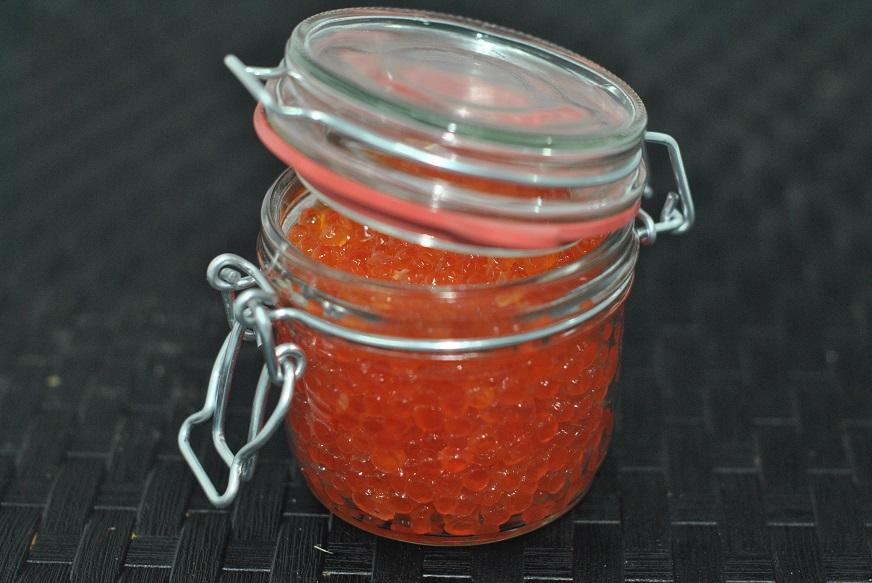Freeze red caviar for storage
Almost every refrigerator has a freezer. And we are already accustomed to the fact that some products can be prepared for future use. It is convenient and practical. Moreover, most of the products do not lose their beneficial properties during the freezing process. And what about the delicacy loved by many? Can red caviar be frozen?

When is it advisable to freeze
Probably, the overwhelming majority does not have such a question at all. After all, what's the point of freezing a small jar, as they say, "for one tooth." But if you were made happy with a couple of kilograms of this "red gold", then, of course, you want to stretch the pleasure for a long time.

An important condition is the quality of the product. It is recommended to freeze only high quality caviar. Moreover, during the freezing process, certain conditions must be observed so that the delicacy does not turn into a shapeless sticky mass of "indistinct" color.

Finally, there is an answer to the question of how long can you store red caviar in frozen form. The best option is up to six months, provided that the temperature is constantly low. Well, if in your refrigerator this delicacy "lingers" for more than 7 months, you should not use it. Trust me, spoiled health will cost you more than the cost of reclaimed caviar.

By the way, before freezing, it would be nice to know how the caviar was obtained and whether it was frozen. For example, on fishing vessels, caviar is often shock-frozen as soon as it is taken out of the fish. After that, it is immersed in a saline solution and placed in an airtight container. This is the most common way of getting and storing. In this form, caviar does not lose its useful properties for up to two years.

How to freeze correctly
As noted above, the product must be of high quality. What to look for:
- If the eggs have dark specks (one per egg), this means the product is natural.
- An unpleasant smell and even a slight bitterness indicate the low quality of caviar.
- Natural caviar bursts when you bite it, although, for the sake of fairness, it is worth noting that one should not judge the natural origin of the product only on this basis, since modern craftsmen have learned to "endow" this property with a synthetic product.
- On the jar with caviar, a "laconic" composition should be written: salt, oil, caviar. All kinds of additives and flavors are used only to mask poor quality.
- There should be no splash when shaking the jar.
- The most reliable tin container for storage.
- It is better if the location of the manufacturer is as close as possible to the place of production.
How to store it correctly
An open jar of caviar
If the can with the delicacy has already been opened, then the contents should be transferred to a glass container. This is done to avoid oxidation from the tin.Before transferring, glass containers are carefully prepared: washed, dried, greased with olive oil. And the caviar, after being transferred to a glass container, is “closed” with an oil “cork”. Remember, the sooner the red caviar is eaten, the more benefits the body will have.

If, even if all the above conditions are met, after storage the caviar becomes watery and acquired an unpleasant aftertaste, it is better not to risk your health and dispose of the product.

In a glass jar
To store caviar in a glass container with a tightly ground-in lid (special lids with a silicone gasket) or under a tin lid, you need to prepare the dishes well. The jar is washed first with detergent and then with baking soda. Finally, the container is scalded with boiling water and allowed to dry naturally.

For reinsurance, make brine (strong saline solution), scald the container again. In conclusion, grease the bottom and walls with vegetable oil (preferably olive oil) and carefully spread the caviar, trying not to crush or crush the eggs. If desired, the top is also poured with vegetable oil in such a way that a thin film is obtained.
In plastic
Perhaps, today it is the most common container. However, it is better to use disposable tableware rather than reusable plastic containers, which scratch and absorb odors over time. Such dishes have tight-fitting lids, which is an indisputable advantage. And you can buy them in many stores. And after use, such containers are usually just thrown away. There is no point in washing it off the fat and trying to get rid of the fishy smell.

Preparation for storage in such a container is not much different from the preparation of glass containers, only the plastic cannot be scalded (it will simply shrink), which means that the shelf life of caviar will be shorter.

Canning
Perhaps this is news to some, but red caviar can be preserved. The recipe is extremely simple and the process itself will not raise unnecessary questions.

For 1 kilogram of fresh red caviar, 85 grams of coarse table salt and 1 gram of potassium nitrate are required. The caviar is washed in boiled water, allowed to drain off excess liquid, mixed well with salt and saltpeter. They are laid out in glass jars, which are well washed and pasteurized beforehand. Close them tightly with lids and put them in a cold place (storage temperature should not exceed 0 degrees). The product will reach full readiness in a couple of months.

It is not recommended to procure a large batch in this way. But it is quite possible to save 300 - 500 grams of "red gold" in this way.
Important! Potassium nitrate is used exclusively to maintain the characteristic color of the product.
So, red caviar is a tasty and healthy product. In order not to waste your money, be sure to pay attention to the date of manufacture and place of production. Also, the composition of canned food deserves special attention. Well, if you can't eat at one time, then take care of the proper storage of the product.

VIDEO: Freeze red caviar for storage.

















